Nelamangala, Bangalore – Our Works – series 1
A wattle and daub cottage at Sukrushi organic farm in Nelamangala is yet another shade by Thannal. Creating magic using mud, bamboo and stones, this cottage of woven walls is an artistic expression in built form using natural materials.
The versatile wattle woven around a rectangular foundation slowly curves first with a layer of cob below it. Wattle and daub has immense potential, yet to be recognized in the natural building family. With its flexibility to bend and turn in any dimension, these walls bring the thrill and drama in the design. These thin walls show that it is possible to create sturdy walls without them being bulky. Integrating interesting openings becomes possible with discontinuing and continuing the wattle where needed. As simple as weaving a basket, these wattle walls curve freely to create dynamic forms
Sculpting and molding becomes achievable with earth and straw that wrap the skeleton of the wattle. Who needs more furniture and shelves, when adding and subtracting mass from the cob can create niches and benches as part of the building itself! The cob seating in the cottage is shaped considering the needs of both humans and their beloved pets! Glass leaves are designed using mud over waste car shields similarly; wattle ventilators are created in interesting shapes. When one has the flexibility, square openings become boring. Especially when you’re working with mud, which never fails to brings out the creativity in you. Bottles are also a part of the wall letting in coloured light, softly lighting the molded edges.
Small interventions like these add on to the character of a small space complementing and highlighting the earthy finishes. The flooring is a pattern achieved by a combination of waste stones from site and Arthangudi tiles. This cottage offers two types of roofs. One is a double insulated Mangalore tiled roof whereas the other is a living roof over the bathroom of stones.
Do you want to study Natural Building Online ?
This cottage hopefully revitalizes the use of W&D as not just partition walls and opens up the possibilities that lie with weaving walls.
Click the link below to see documentation of Weaving walls, a wattle & daub cottage
- Video of making this wattle & daub cottage
- An illustrated kindle e-book about building a cob and wattle & daub cottage
- Photos of making this wattle & daub cottage
About the book Weaving walls
Weaving walls book intends to make interested individuals who are unfamiliar with the world of natural building aware of the possibilities that lie in using locally available materials. It is an illustrated manual for all those who wish to take on experimenting with hand -building their own home. This step by step guide will not only help the user to understand the basics of natural materials, but also the in-depth processes involved in making a natural building using cob, wattle & daub, stone, lime and bamboo. This book is a result of a need for the common man who wants to build his own natural, cost-effective home, making it easily accessible.
You could support us by purchasing the kindle edition of the book by clicking the link below:
or
Shop at: India, USA, UK, Brazil, Australia, Canada, France, Denmark, Italy, Japan, Mexico, Spain, Netherland


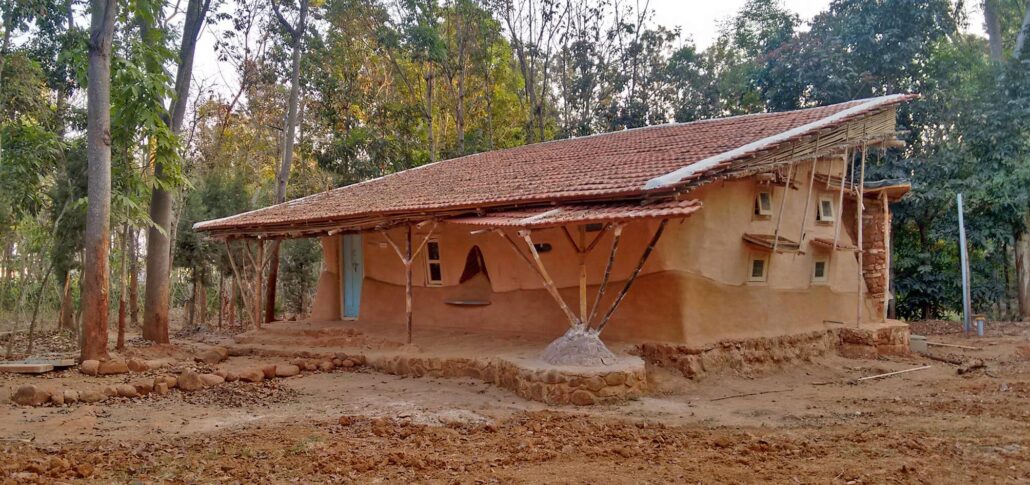

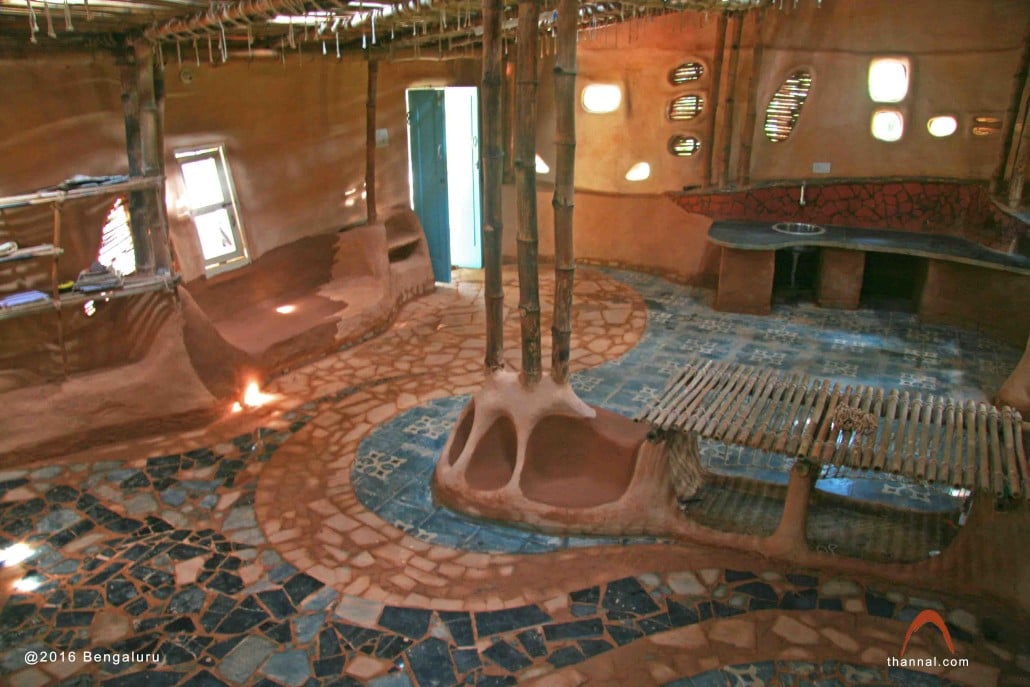
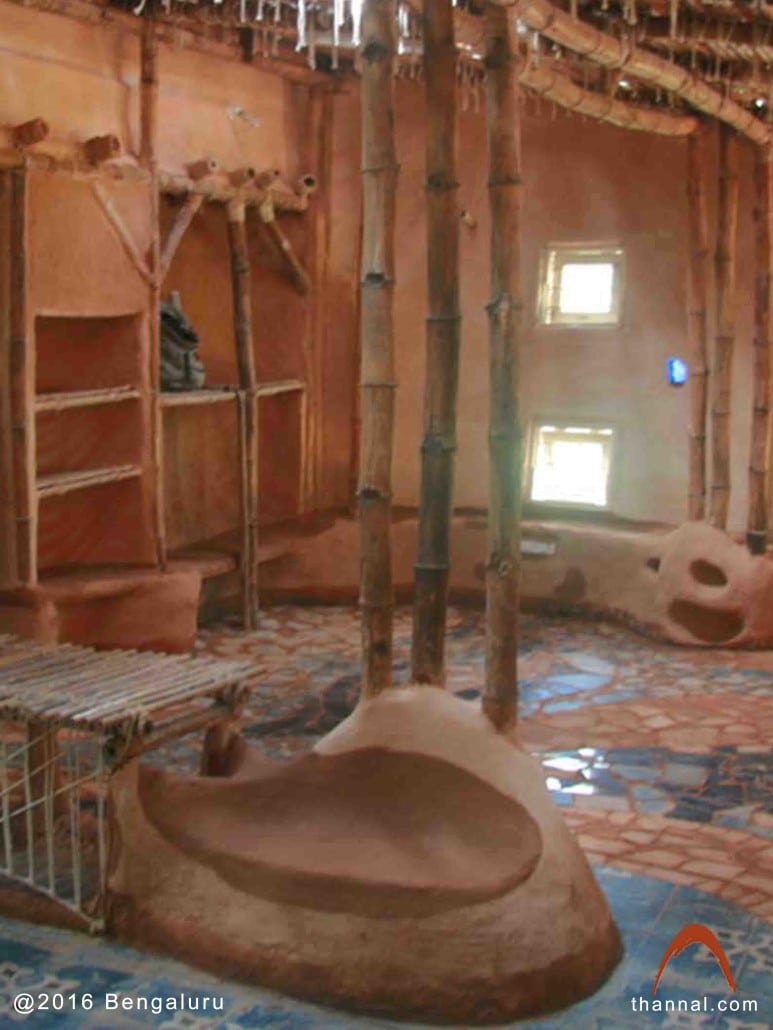

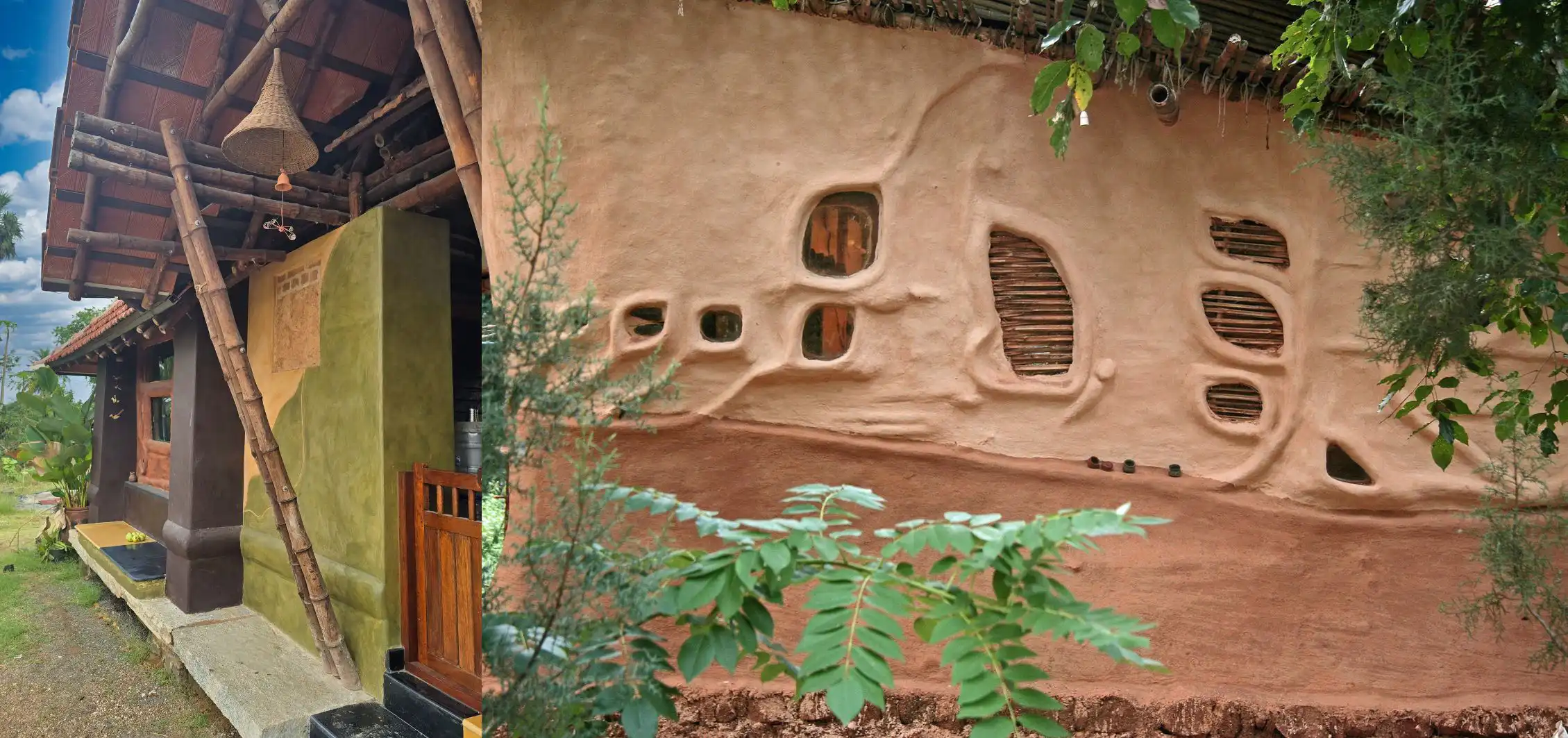
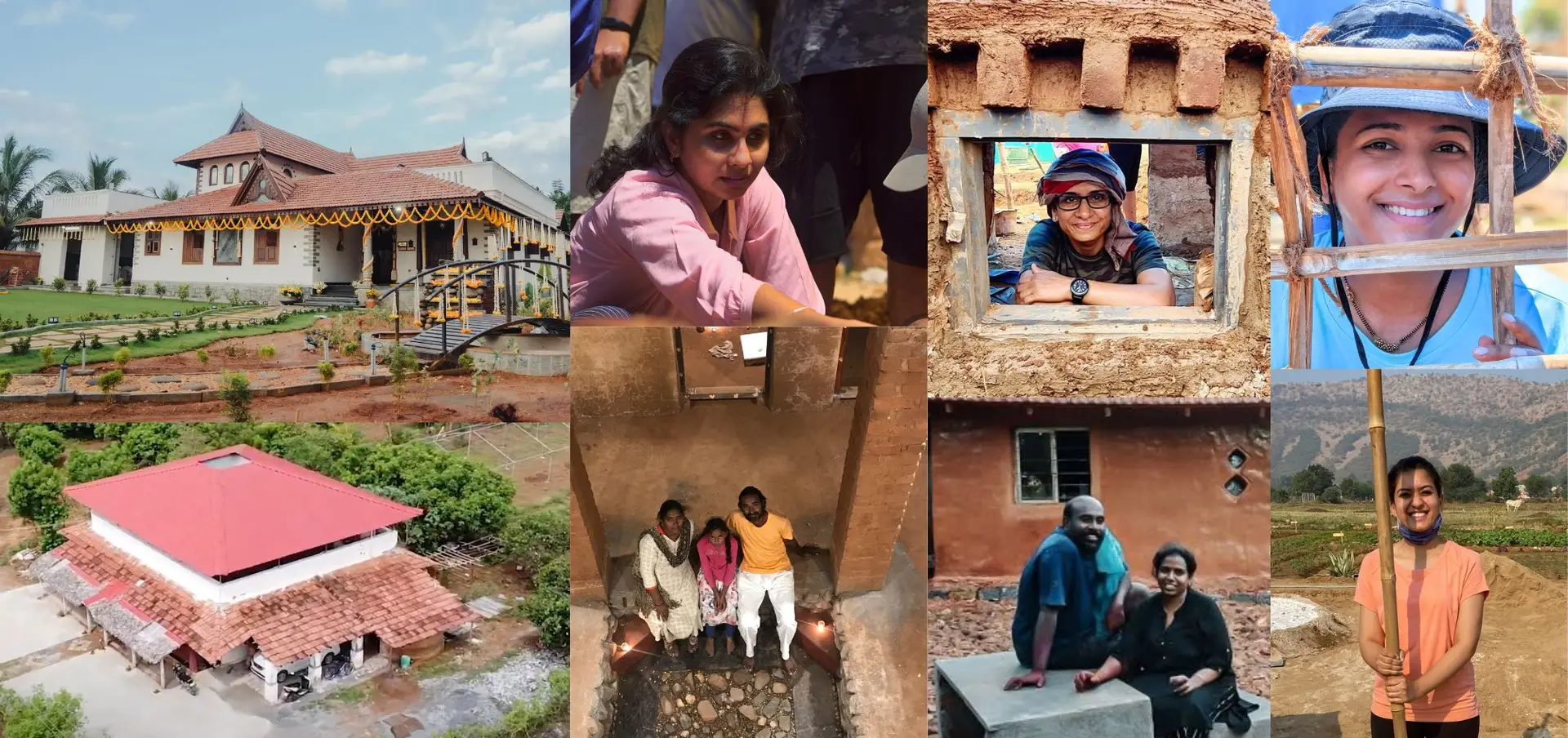
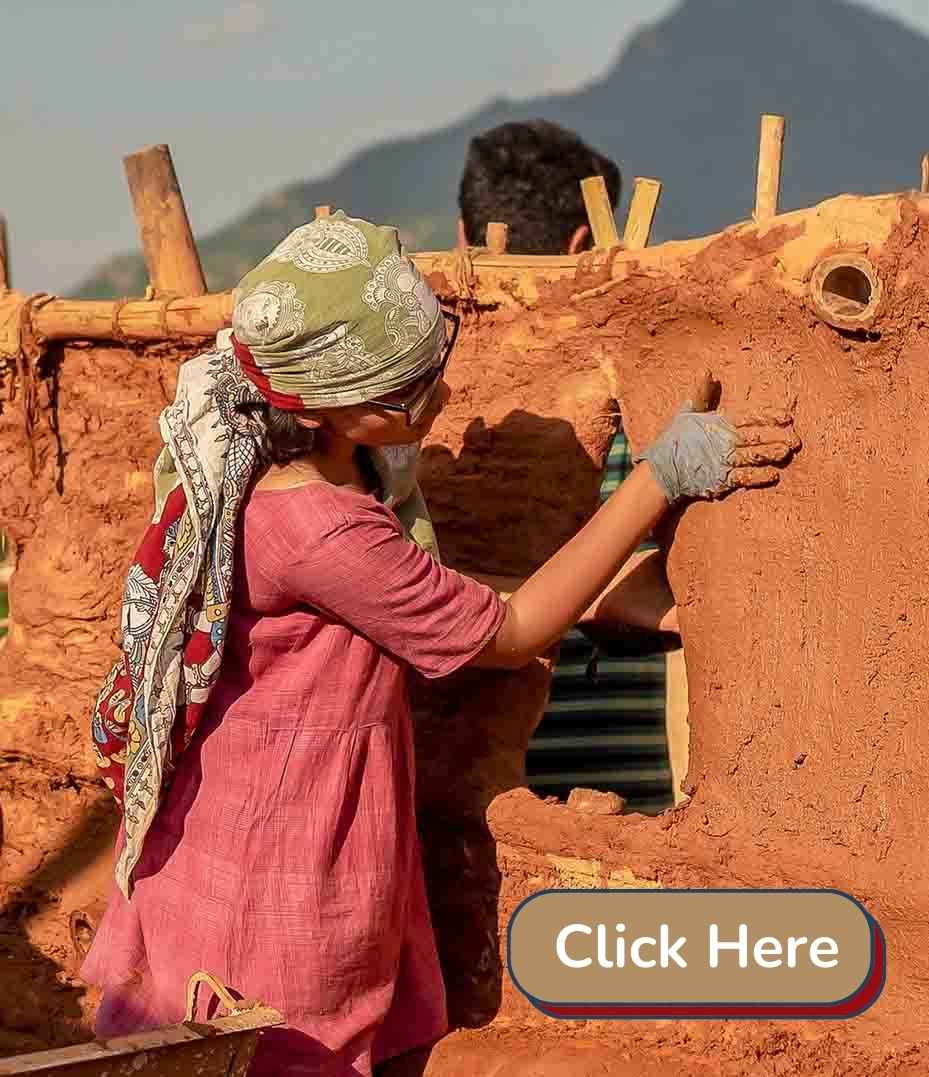
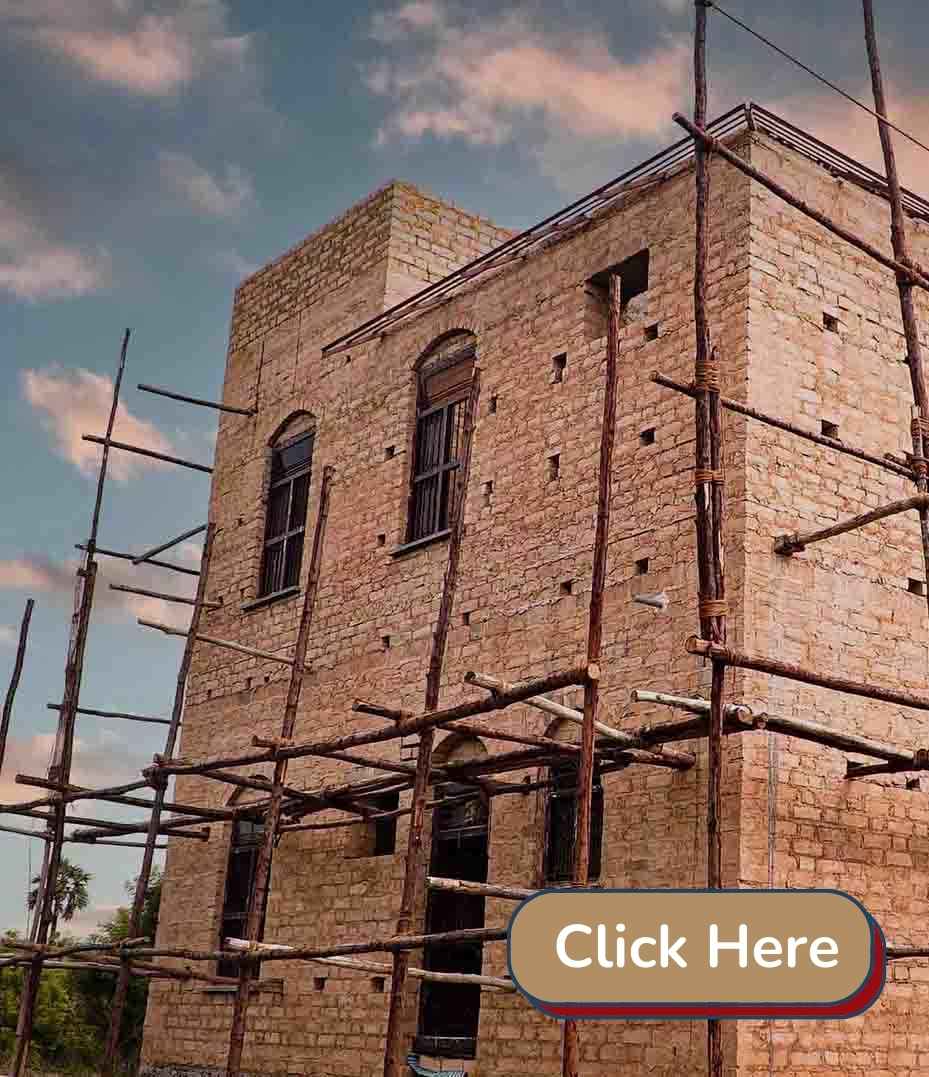
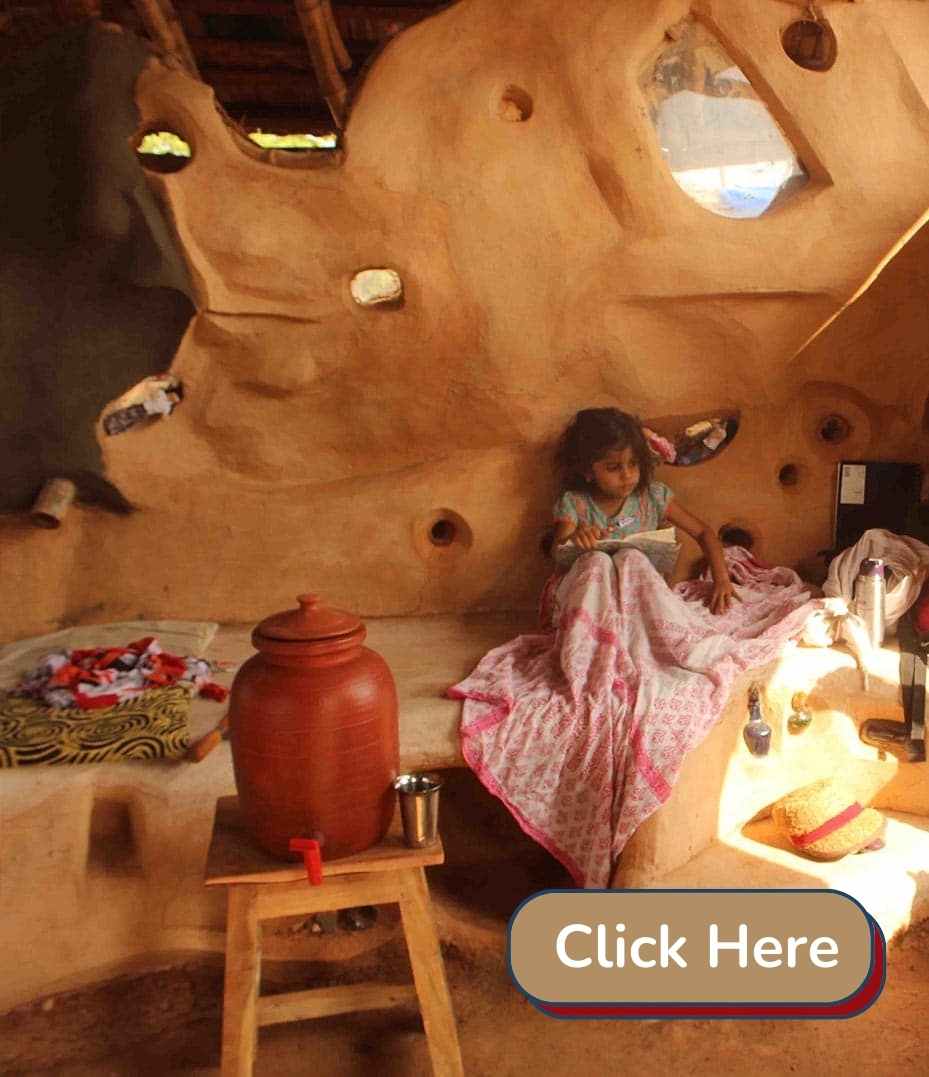

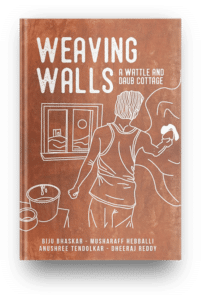
5 thoughts on “The Wattle & Daub Cottage”
Namaste Aishwary,
Regarding your question about the lifespan of such structures, it’s quite fascinating to note that with proper maintenance, wattle and daub constructions can endure for a very long time. A prime example of this is a Wattle And Cob 300 Year Old House located in Ganjam Village, Mysore. You can read more about this remarkable structure here: Wattle And Cob 300 Year Old House In Ganjam Village, Mysore.
Moreover, our recent work in Attapadi village incorporates 3/4th wattle and daub and the remaining using the cob method, showcasing the durability and versatility of these traditional building techniques. You can see this project come to life in our video series:
• Part 1
• Part 2
What is the life span of such structure?
I want to build my home own.
Mohan Hande, Please write to us in Gift a Natural Building
I want to.build eco friendly house with mud and stones wanted address and phone number